5 Tips and Tricks for Managing Shoulder Pain in Gym Goers
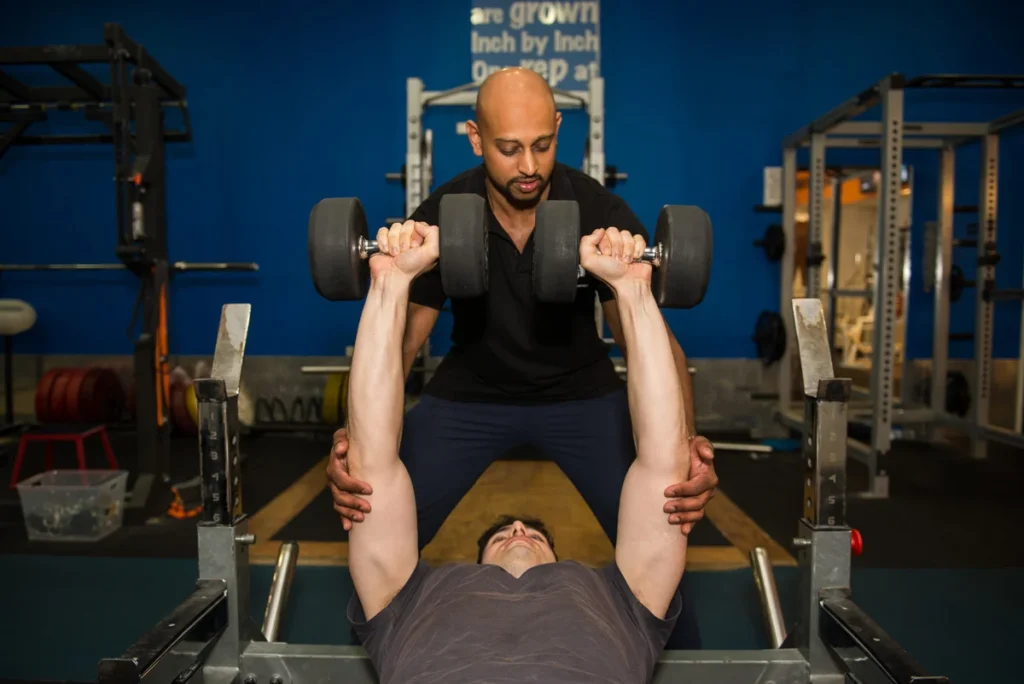
Shoulder injuries are amongst some of the most common injuries that gym goers suffer. For mild shoulder injuries here are some tips and tricks that can be implemented to help your shoulder feel and get better. Tip 1: Load ManagementMany gym-related shoulder injuries are usually a result of improper load management or increasing loads too […]
Management of Calf Strains
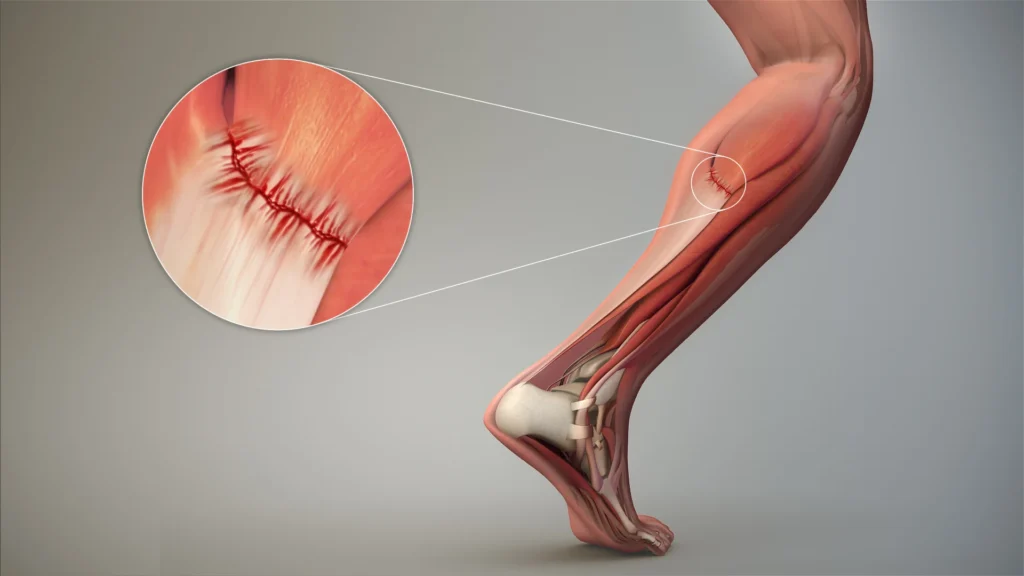
Establishing a Diagnosis:There are several other conditions and injuries in the calf area that can masquerade themselves ascalf strains. A detailed assessment of mechanism of injury, symptoms and a physical assessment willhelp determine whether an injury is truly a calf strain or not. Rehabilitation can begin once anaccurate diagnosis has been made. Rehab Phase 1: […]
ACL Tears: Non-Surgical vs Surgical Management
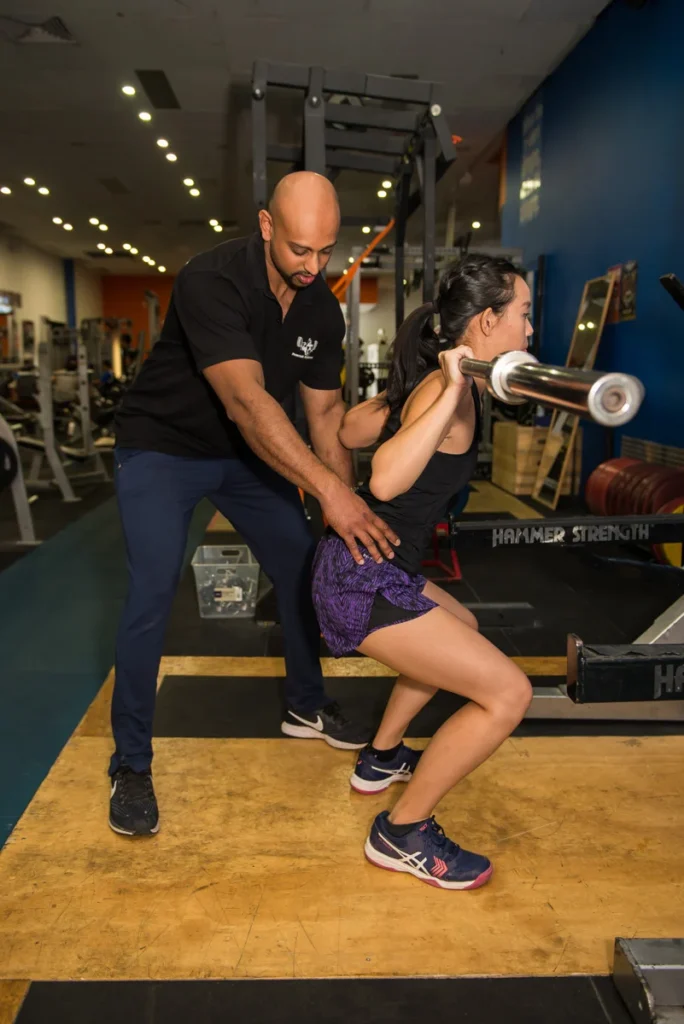
The management pathway following a rupture of the ACL is a shared decision-making processbetween the patient and healthcare providers. Patients should be properly informed of the risks andbenefits of each treatment option. Here are the main management options: The following summarises the risks and benefits of surgical management and non-surgicalmanagement for isolated ACL ruptures: Benefits […]
Basics of ‘Sciatica’
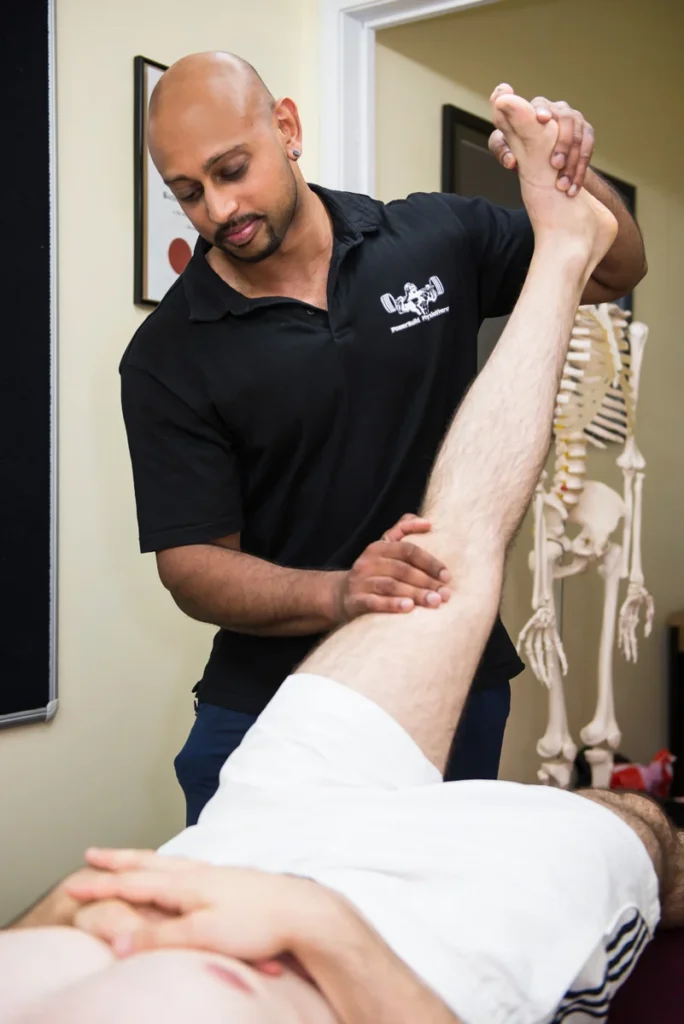
What is Sciatica?The term ‘sciatica’ is a term that is poorly defined in research and the online world. At PowerBuild Physiotherapy we use the definition that is described in the clinical care standard: sciatica or radicular pain is pain going down the leg that is thought to involve irritation or compression of one or more […]
Tennis Elbow
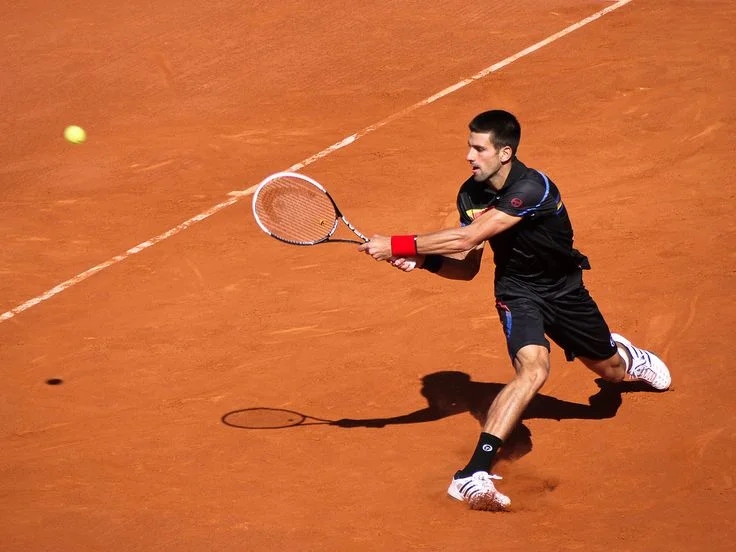
What is tennis elbowTennis elbow, more accurately known as lateral elbow tendinopathy is a painful condition thataffects the outside of the elbow. A tendinopathy is disorder that can cause pain, swelling andfunctional limitations to the tendon. In lateral elbow tendinopathy, the location where pain is felt isat the lateral epicondyle. There are 5 forearm muscles […]
What is Femoroacetabular Impingement (FAI)?
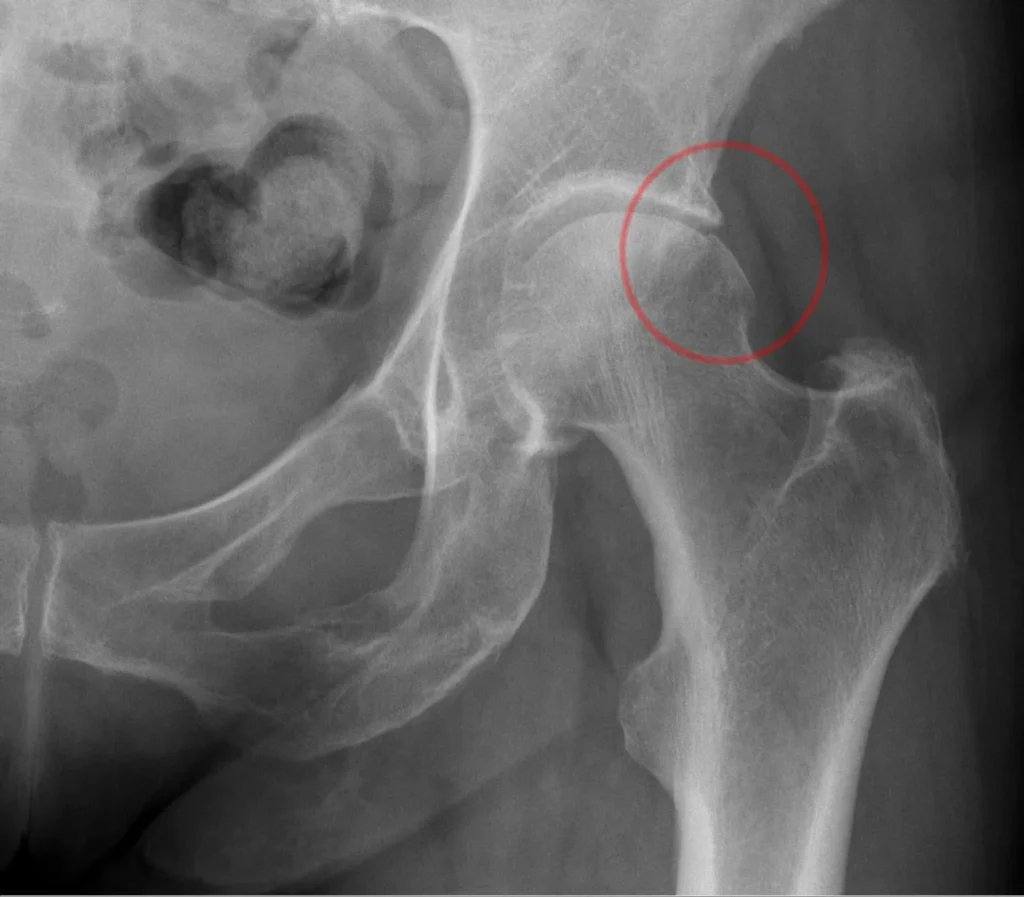
Femoroacetabular impingement (FAI) is one cause of hip pain. As the name suggests, it isimpingement between where the femur (thigh bone) and acetabulum (hip socket) meet. Thisimpingement occurs due to ‘deformities’ or structural changes to the head of the femur and/oracetabulum, which may be due to genetics or joint adaptations to high levels of athletic […]
Iliotibial Band Pain (ITB pain) Rehabilitation
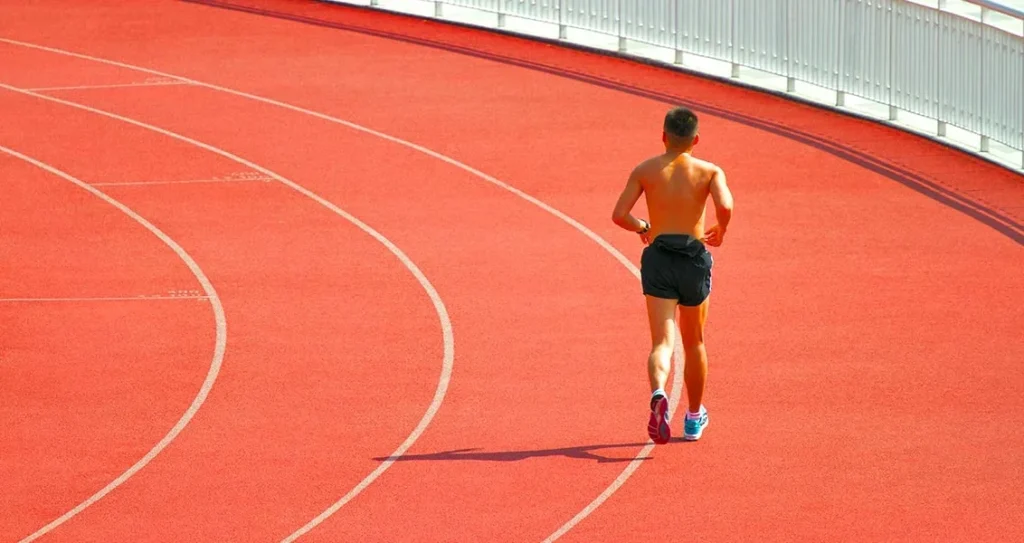
What is ITB pain: ITB pain, frequently referred to as ITB syndrome, is one of the conditions that causes lateral kneepain (pain on the outside of the knee). It typically presents as sharp or hot pain at, or very close to abump of bone known as the lateral epicondyle of the femur. Iliotibial band function […]
Load Management in Your Rehabilitation

Load management is one of the key principles used in physiotherapy whenrehabilitating painful conditions. It is the art of identifying the ‘ideal’ workload for yourcurrent capacity and progressing appropriately and safely. In short, it is making surethat you’re not doing too much too soon or not doing enough. Why is load management important? If you […]
Exercise as a Cornerstone of Diabetes Management

One of the most common co-morbidities and medical conditions some of our clients have is diabetes. Diabetes, a chronic condition characterized by elevated blood sugar levels, affects millions worldwide. While medication plays a crucial role in managing diabetes, regular exercise is an equally important component of effective treatment. Exercise not only helps regulate blood sugar […]
How to Activate your Glutes
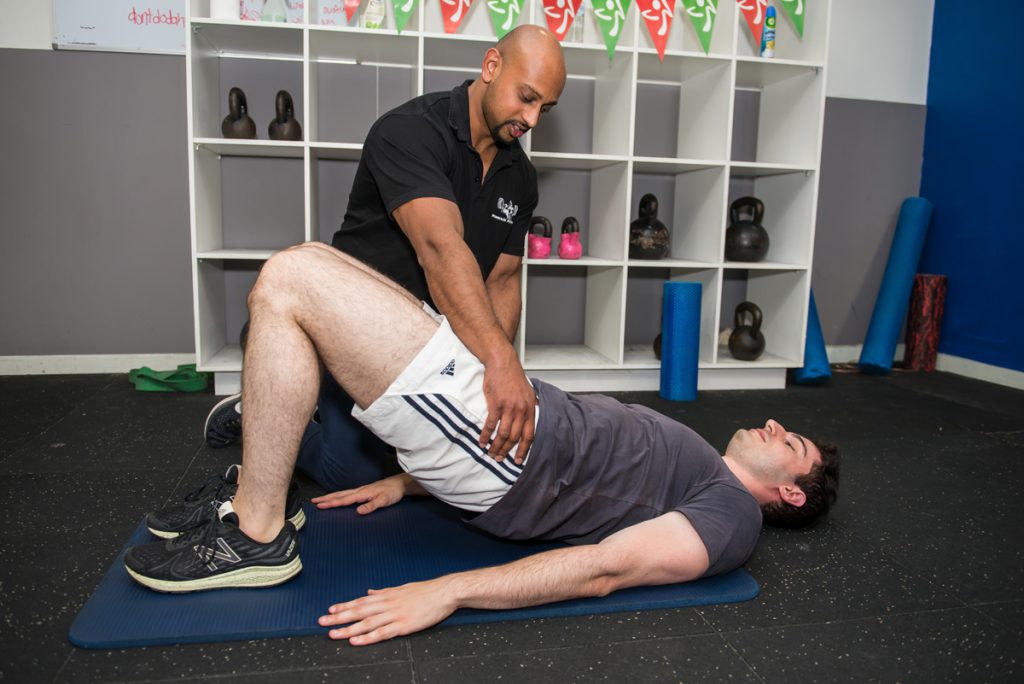
Your glutes, also known as your gluteal muscles, are one of the most important muscle groups in your body. They are responsible for hip extension, abduction and external rotation. This means that they play a vital role in walking, running, squatting and lifting. Unfortunately, many people have weak or inactive glutes. This can lead to […]
